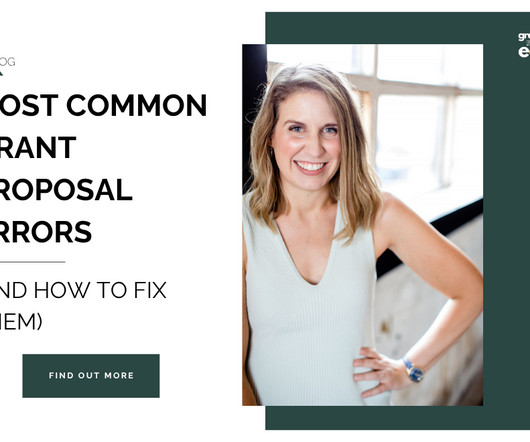Most Common Grant Proposal Errors (and How to Fix Them)
Grant Writing Made Easy
JUNE 25, 2025
Show alignment with funder goals, presenting a tailored proposal. Define SMART outcomes: Swap broad objectives for measurable goals like, “Train 25 youth by Q4, with 80% finding employment within six months.” Tie each cost to a purpose: Funders should be able to see how each expense contributes to your goals.











Let's personalize your content